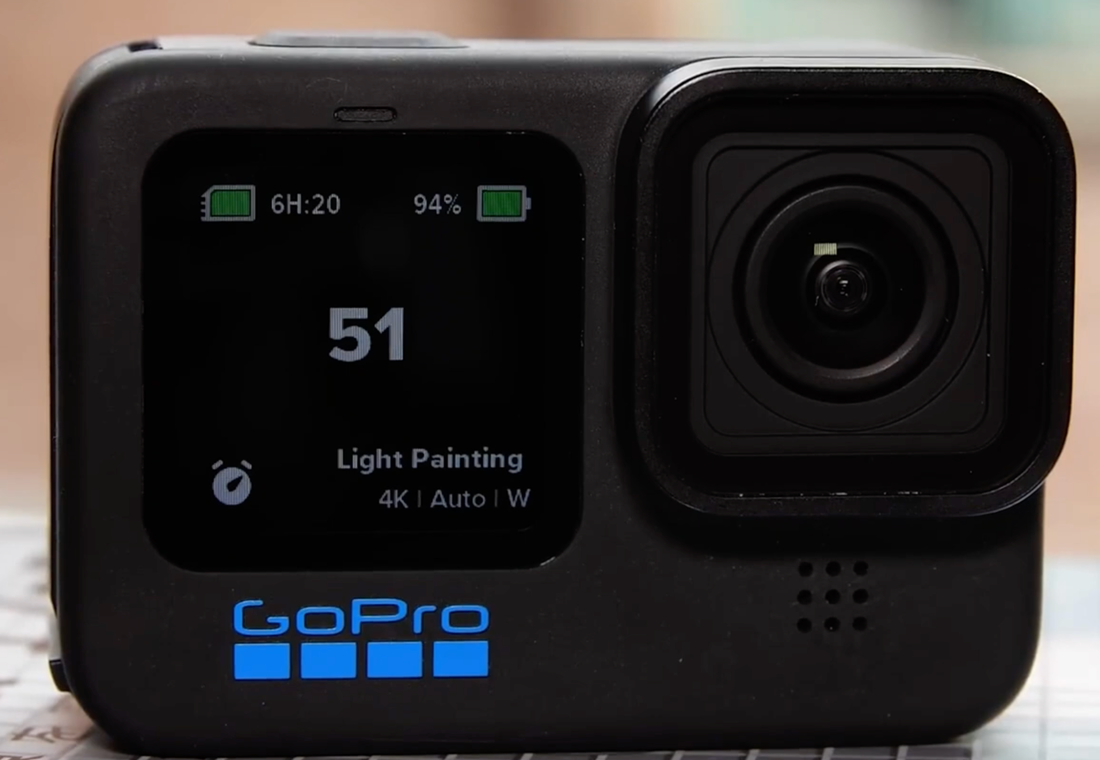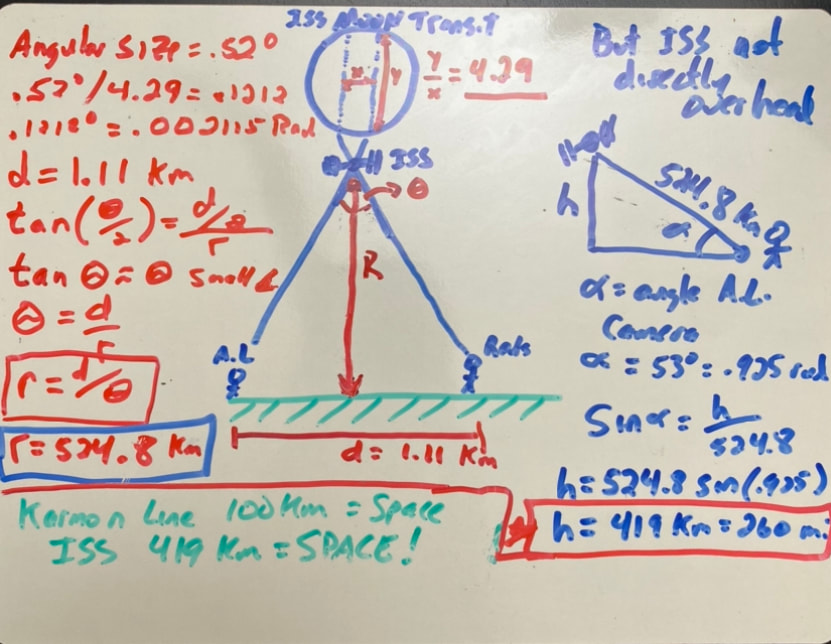NASA has released the first images of the moon taken on the artemis mission and they are spectacular.
Early on Monday morning the Orion Spacecraft did a flyby of the moon, passing roughly 80 miles above the lunar surface. The images were taken by Orion thanks to cameras installed on the vehicles solar wings.
There were no any astronauts on board the crew capsule for this artemis 1 mission but these images show us what they see when they fly to the moon on Artemis 2 in just a few years time.
The images were captured by GO pros, but not the kind you can buy off the shelf as we'll see.
Early on Monday morning the Orion Spacecraft did a flyby of the moon, passing roughly 80 miles above the lunar surface. The images were taken by Orion thanks to cameras installed on the vehicles solar wings.
There were no any astronauts on board the crew capsule for this artemis 1 mission but these images show us what they see when they fly to the moon on Artemis 2 in just a few years time.
The images were captured by GO pros, but not the kind you can buy off the shelf as we'll see.
When humans first traveled to the moon on Apollo 8 back in 1968, and landed just 7 months
Later with Apollo 11, the images they sent back were historic.
Apollo 17 Blue Marble original orientation (AS17-148-22727).jpg
The Blue Marble is an image of Earth taken by the crew of the Apollo 17 spacecraft on its way to the Moon on Dec 7, 1972 at 5:40 am EST as the last of the Apollo missions. It was taken from a distance of 29000 km from Earth’s surface. The Apollo crew took this picture when they realized this will be the first time humans have ever seen the antarctic ice cap so they took that picture real quick and went back to work. It was also the first time a full disk image of the earth was ever taken with no phases and shadows.
This is still my favorite pic of earth from space. This image was taken by Harrison Schmitt (scientist/astronaut) with a hand-held Hasselblad 70 millimeter camera with an 80 millimeter lens
Flat earthers hate this photo and they wish it never existed for a couple reasons:
1. It is taken with a real camera and developed in a dark room. Not digital! Not a painting! Not CGI! Not Fake! Not anything but a real full disk image of our spherical earth. If flat earth believers understood how ironclad of a proof of a spherical earth is, they would dump their nonsensical flat earth belief.
2. Another reason flat earthers' hate this image is that it was the first photo showing Antarctica from space, which shatters their entire flat earth model and there flat earth wall. The mere existence of the continent of Antarctica falsifies flat earth!
This one photo alone is a nail in the coffin of flat earth, and they know it, so they TRY cough up excuses (unsuccessfully) to discredit it. I have heard a lot of things, but here are four objections I have come across.
Later with Apollo 11, the images they sent back were historic.
Apollo 17 Blue Marble original orientation (AS17-148-22727).jpg
The Blue Marble is an image of Earth taken by the crew of the Apollo 17 spacecraft on its way to the Moon on Dec 7, 1972 at 5:40 am EST as the last of the Apollo missions. It was taken from a distance of 29000 km from Earth’s surface. The Apollo crew took this picture when they realized this will be the first time humans have ever seen the antarctic ice cap so they took that picture real quick and went back to work. It was also the first time a full disk image of the earth was ever taken with no phases and shadows.
This is still my favorite pic of earth from space. This image was taken by Harrison Schmitt (scientist/astronaut) with a hand-held Hasselblad 70 millimeter camera with an 80 millimeter lens
Flat earthers hate this photo and they wish it never existed for a couple reasons:
1. It is taken with a real camera and developed in a dark room. Not digital! Not a painting! Not CGI! Not Fake! Not anything but a real full disk image of our spherical earth. If flat earth believers understood how ironclad of a proof of a spherical earth is, they would dump their nonsensical flat earth belief.
2. Another reason flat earthers' hate this image is that it was the first photo showing Antarctica from space, which shatters their entire flat earth model and there flat earth wall. The mere existence of the continent of Antarctica falsifies flat earth!
This one photo alone is a nail in the coffin of flat earth, and they know it, so they TRY cough up excuses (unsuccessfully) to discredit it. I have heard a lot of things, but here are four objections I have come across.
But now 50 years later we are no stranger to images from space, whether it is taken by astronauts on the ISS, Or space X livestreaming , or GOES or Himawari or even DISCOVR.
The Space Station Orbits the Earth 16 times every 24 hours and enables Astronauts capture incredible high resolution footage of the planets impressive landscapes, bright blue oceans and sweeping auroras as well as the magnificent nighttime glow of our city lights.
Striking image taken from the Mars reconnaissance orbiter in 2007
But the first images from Artemis are still mind blowing. This is the first time NASA has sent a human rated spacecraft into deep space in 50 years and it is going further than any other crew rated vehicle has gone before.
When it finally lifted off in the early hours of November 16th, the Artemis launch went off without a hitch, we got an amazing view of the space launch system at Cape Canaveral, sending Artemis 1 Orion into space.
But the action did not stop there, after the rocket boosters were jettisoned and Orion unfurled its solar wings, we got our beautiful first images of earth.
When it finally lifted off in the early hours of November 16th, the Artemis launch went off without a hitch, we got an amazing view of the space launch system at Cape Canaveral, sending Artemis 1 Orion into space.
But the action did not stop there, after the rocket boosters were jettisoned and Orion unfurled its solar wings, we got our beautiful first images of earth.
But after 3 days Artemis Orion entered into a retrograde motion with the moon and we got our first images of the moon on Orion up close and personal getting as close as 80 miles of the surface of the moon.
Here is some footage...
Here is some footage...
But what about the Hardware behind all these images.
Let's let the guy behind it all explain:
Let's let the guy behind it all explain:
His job is to oversee the operations of the cameras. There are 13 cameras installed across Orion, inside, outside and on the spacecrafts solar arrays. They are a mix of industrialized cameras from a Canadian Company called Pixelink plus very high modified Go Pros Cameras.
NASA Opted for the Go Pro Hero black for this mission, but with a LOT of adjustments.
Let's hear Melendrez explain
Let's hear Melendrez explain
Completely rebuilt.
Survive launch, and deep space.
When you are going out past the moon, how do you get the images back to earth.
The answer is radio.
For this, NASA is using its deep space network, the same network that is communicating with the James Webb Space Telescope.
The deep space network (dsn) is a network of telescopes in Madrid, Gulfstone california, and Canberra Australia.
Image 1.
Survive launch, and deep space.
When you are going out past the moon, how do you get the images back to earth.
The answer is radio.
For this, NASA is using its deep space network, the same network that is communicating with the James Webb Space Telescope.
The deep space network (dsn) is a network of telescopes in Madrid, Gulfstone california, and Canberra Australia.
Image 1.
Even with the DSN, getting the images back to earth is a quite a feat.
Not like ISS which is in low earth orbit, its more of a challenge, Melendrez further explains.
Not like ISS which is in low earth orbit, its more of a challenge, Melendrez further explains.
This is important:
The images are sharing bandwidth with other really important communications and telemetry data that is coming down from Artemis, so there is a lot to squeeze through this downlink.
Due to this restricted bandwidth, mission-critical data will be prioritized and some high-quality views may not be available until long after they're captured. Further, each camera has been optimized to capture imagery of the spacecraft, rather than deep space. NASA points out that 'imagery for the Artemis I flight will depend on a variety of factors such as lighting, spacecraft orientation, and communication capabilities during different mission phases.
THIS is why a lot of the live video has been reasonably low resolution.
The images are sharing bandwidth with other really important communications and telemetry data that is coming down from Artemis, so there is a lot to squeeze through this downlink.
Due to this restricted bandwidth, mission-critical data will be prioritized and some high-quality views may not be available until long after they're captured. Further, each camera has been optimized to capture imagery of the spacecraft, rather than deep space. NASA points out that 'imagery for the Artemis I flight will depend on a variety of factors such as lighting, spacecraft orientation, and communication capabilities during different mission phases.
THIS is why a lot of the live video has been reasonably low resolution.
But there is an upside to all this.
NASA is going to be recording several hundred gigs worth of data and about 2/3's of it will stay onboard the Orion Spacecraft.
When it comes back to the Kennedy space center, we are going to have a huge amount of amazing footage to see! Beautiful high resolution footage of the earth, the moon and everything in between!
***********
NASA is going to be recording several hundred gigs worth of data and about 2/3's of it will stay onboard the Orion Spacecraft.
When it comes back to the Kennedy space center, we are going to have a huge amount of amazing footage to see! Beautiful high resolution footage of the earth, the moon and everything in between!
***********





















